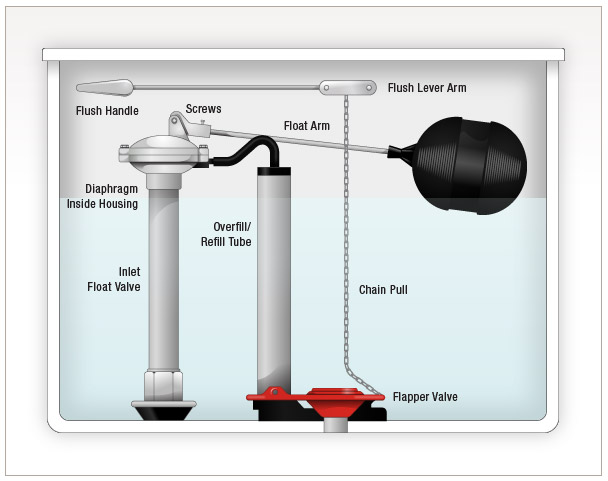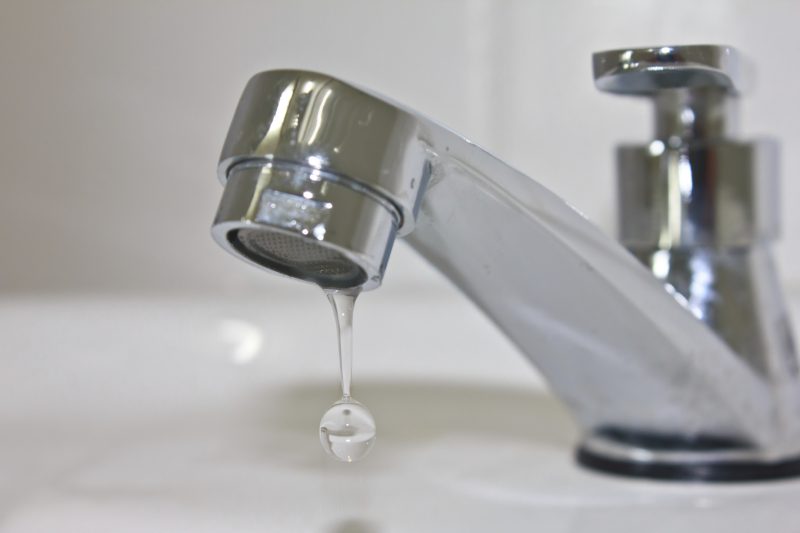
Fix a leak — check your flapper!
Editor's note: In honor of the Environmental Protection Agency's annual Fix a Leak Week, which this year is March 20-26, we're sharing this story, originally posted in 2016.
Drip drop. Drip drop. One by one, those small drops add up to a big waste of water in your home. This year, March 14-20 is Fix a Leak Week — seven days aimed at raising awareness about stopping water leaks inside and outside the house.
WaterSense — a partnership program with the Environmental Protection Agency — estimates that household drips waste up to 1 trillion gallons of water every year nationwide. That’s enough water to fill more than 12 Dillon Reservoirs — Denver Water’s largest body of water.
“The best place to look for leaks is in the bathroom,” said Wale Williams, water conservation technician. “We find them all the time in toilets, faucets and showers, and a lot of times people don’t even know they have a leak.”
Rubber toilet flappers are one of the biggest culprits of leaks in the home. Flappers — rubber valves that hold and release water from the tank — are prone to mineral buildup and decay over time which allows water to pass through. The leaks cause toilets to run continuously and waste hundreds, even thousands, of gallons of water every year.
You can identify a leak by placing food coloring or a dye tablet in the toilet tank. If you see color in the bowl after about 20 minutes, the toilet flapper is leaking and needs to be replaced.
Flappers are inexpensive and easy to replace. “They have them at the hardware store and can be installed in a few minutes — anyone can do it,” Williams said. Don’t forget to check the pull chain to make sure it has enough slack.
Another common problem in older toilets occurs when the float arm is not adjusted correctly and water leaks down the overfill/refill tube. These small leaks can waste 100 to 250 gallons of water every day. This problem can be fixed by adjusting the float arm.
Faucet drips are another leading cause of water waste in the home. A leak of 10 drops per minute can waste nearly 300 gallons every year. “Fix a Leak Week is a great time to check every faucet in the house for drips,” Williams said. “If all of Denver Water’s single-family residential households found and fixed a one-drop-per-second leak, we would save about 82 million gallons a year.”
Denver Water offers a checklist for a residential indoor self-audit in the bathroom, kitchen and laundry room.
Other places to check for leaks inside the home include:
- Showerheads
- Bathtubs
- Dishwashers
- Ice makers
- Humidifiers
- Supply lines to washing machines
- Supply lines to sinks
Tracking down leaks can be a fun family adventure, too. “Give the kids a checklist and have them play detective as they search the house for drips,” Williams said. “It’s a great way to teach them about conservation and why it’s so important to fix a leak.”
Watch Wale Williams show a family how to check if their toilet has a leaky flapper.



